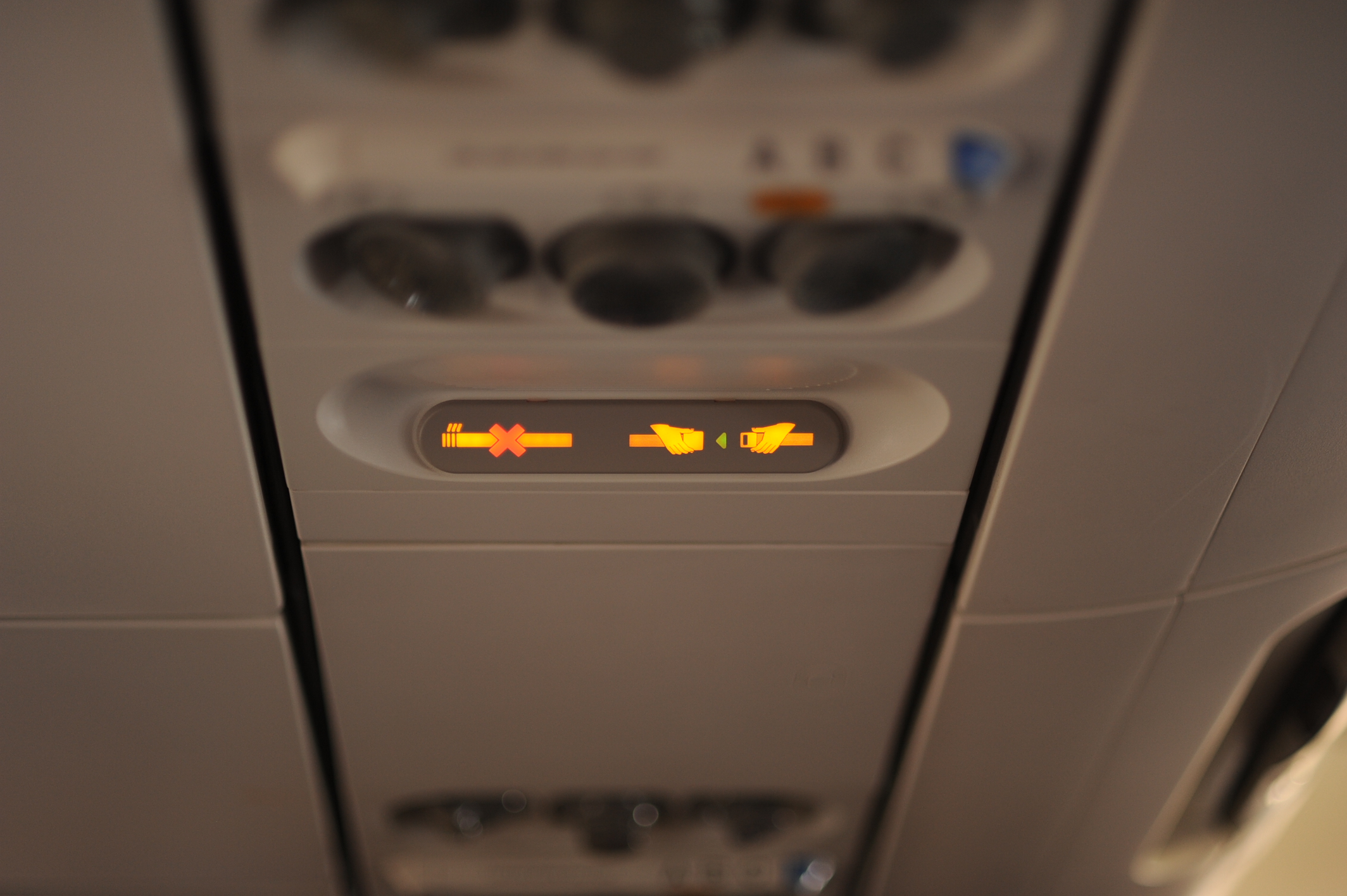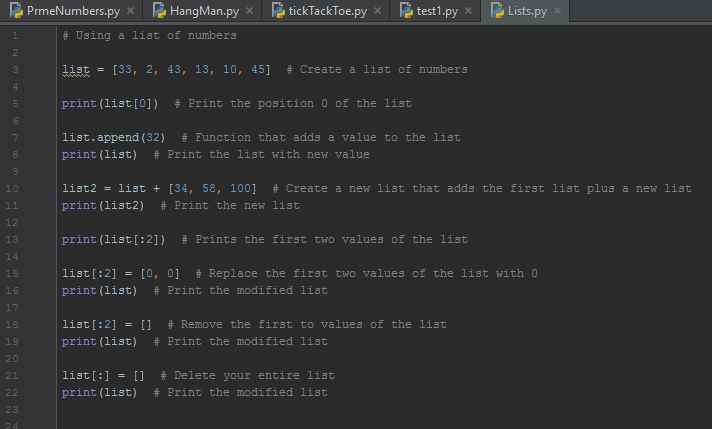--Originally published at Hackerman's house

I review this topic with my good friend Sebastian Cedeño, we read a lot about this topic and made this really cool post. So bad that I had to finish it and upload it, so im doing this really late in friday night. There is a little bit of regreat in this words, but i’m also happy that I could finish this partial just as planned. Also check out Cheba’s blog: https://chebasquared.wordpress.com/
Lists and Tuples are sequenced types of data so called because they behave like a sequence. This type of data is different than the numeric data because they are made of smaller elements that are put together. The elements that are inside a List or a Tuple can be almost any type of data, like a string, a numeric value even another list or tuple.
Define a list is really simple. Its similar to a string just that in this case we dont use ”, we use square brackets. []
ListExample = [2, “Chema “, 3, “Paco “, (“Perro”, “Gato”)]
A tuple is almost the same as a list, the main difference between this two is that a list can be updated and modified, and a tuple cant be moddified once it has been defined. This means that the original values that are inside a Tuple will be there forever. Also the way that they are defined is a little bit different. While lists use square brackets, Tuples use parenthesis ().
TupleExample = (6, 9, “Clase “, [“Tarde “, “Dr. Strange “])
You can do many things with these type of data, for example you can select a certain element that is inside the list or tuple. In the following example you will get the first element on the list, the first element has a

 Picture by
Picture by 
 Picture by
Picture by 



